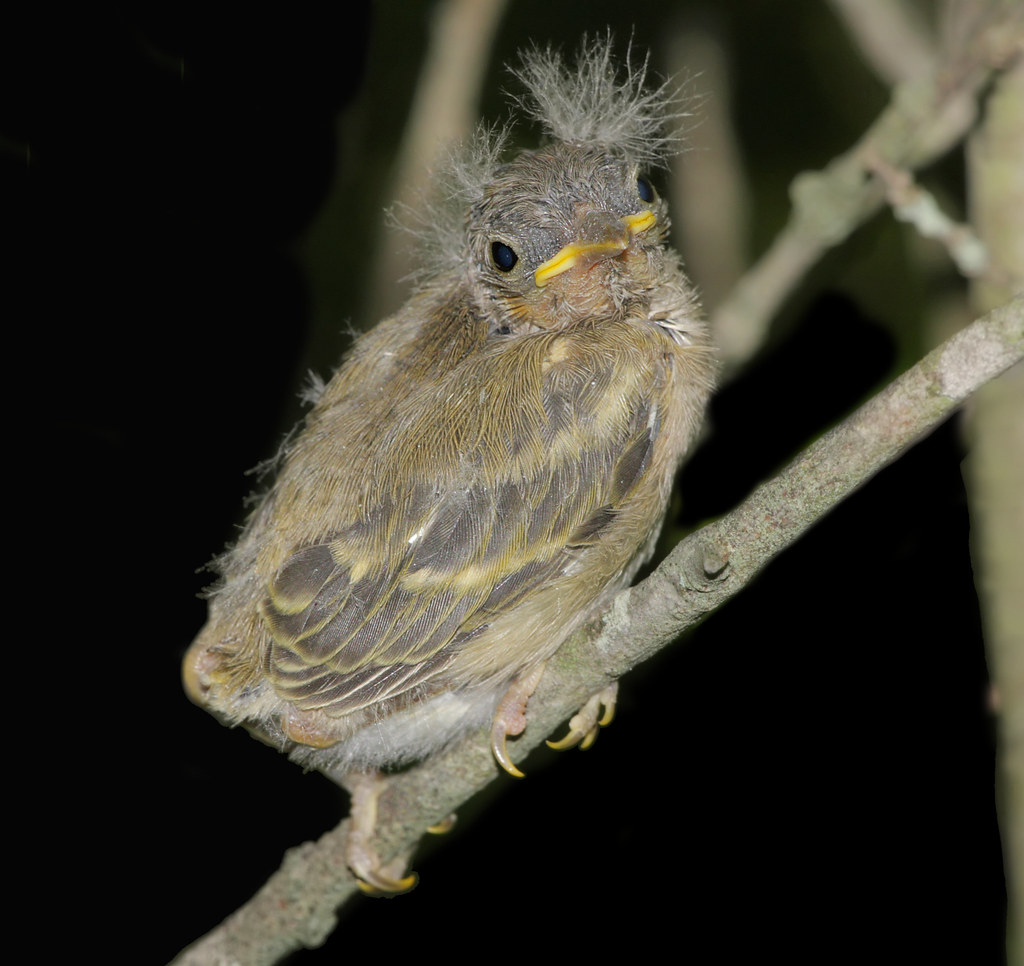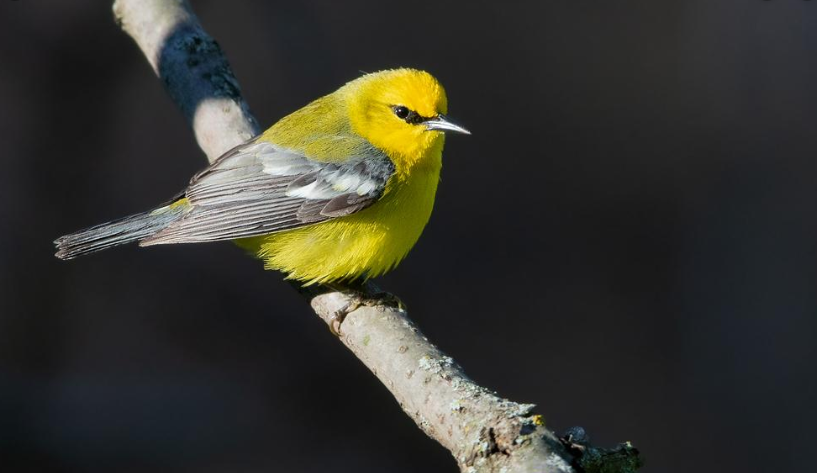

Get help with access Institutional accessĪccess to restricted content on Oxford Academic is often provided through institutional subscriptions and purchases. Diverse new data-especially diets-and approaches to warbler biology compel innovative perspectives on MacArthur’s fundamental contributions to coexistence in competing species.By comparing warbler diets, foraging behavior, and morphology we argue that diffuse exploitative interspecific competition favors substrate specialization and we suggest a novel evolutionary hypothesis to explain the adaptive radiation of these warblers, particularly in the Greater Antilles islands.We integrate ecological and evolutionary information to argue that warblers coexist primarily by specializing on different foraging substrates (i.e., locations where food is sought) rather than partitioning resources themselves, which are diverse and substantially shared by demonstrably competing species.By reviewing resource competition and use among coexisting warbler species we address MacArthur’s impressive legacy and consider what he missed.Robert MacArthur’s pioneering study of New World wood warblers triggered immense interest in how competitor species partition resources to coexist.También sugerimos una hipótesis novedosa del éxito actual de los parúlidos en el Caribe y otros hábitats, comenzando con su radiación adaptativa relativamente reciente y la oportunidad ecológica en las islas del Caribe. Nuestra revisión y síntesis de la competencia interespecífica y la coexistencia en los parúlidos tiene consecuencias importantes, incluyendo el cuestionamiento de la importancia y la eficacia de la partición de recursos en las aves. Argumentamos que un mecanismo de competencia importante y subestimado entre las especies coexistentes de parúlidos migratorios, particularmente en invierno, es la competencia de explotación difusa, basados en parte en nuestros propios estudios de las dietas de los parúlidos en relación con el comportamiento de forrajeo, el uso de sustratos, la morfología de las aves y otros rasgos. Para comprender en qué acertó MacArthur y en qué se equivocó, revisamos los enfoques ecológico y evolutivo sobre las cuestiones del origen y la coexistencia de especies competidoras en el contexto de la dieta. MacArthur acuñó la frase “partición de recursos” e impactó profundamente en el campo de la Ecología durante las décadas siguientes de diversas maneras. Nos enfocamos en los parúlidos (Parulidae), comenzando con el 1958 artículo icónico de Robert MacArthur en el que muestra cómo comportamientos sutiles de forrajeo, supuestamente vinculados a las diferencias de la dieta dentro de los bosques de abeto, contribuyen a la coexistencia de cinco especies de parúlidos de los abetos. Hasta qué punto la competencia interespecífica estructura las interacciones de las especies y la coexistencia dentro de las comunidades, y los mecanismos relevantes, todavía son temas de debate. We also suggest a novel hypothesis for the success of warblers today in the Caribbean and other habitats, beginning with their relatively recent adaptive radiation and the ecological opportunity on Caribbean islands. Our review and synthesis of interspecific competition and coexistence in warblers have important consequences, including our questioning of the importance and effectiveness of resource partitioning in birds.

We argue that an important, underappreciated, mechanism of competition among coexisting migratory warbler species, particularly in winter, is diffuse exploitation competition, based in part on our own studies of warbler diets in relation to foraging behavior, substrate use, bird morphology, and other traits. To understand what MacArthur got right and what he missed, we reviewed both ecological and evolutionary approaches to questions of the origin and coexistence of competing species in the context of diet. MacArthur coined the phrase “resource partitioning”, and profoundly impacted the field of Ecology for subsequent decades in diverse ways.

We focus on New World wood warblers (Parulidae), beginning with Robert MacArthur’s iconic 1958 paper in which he shows how subtle foraging behaviors, purportedly linked to dietary differences, within spruce trees contribute to the coexistence of 5 spruce-woods warbler species. The extent to which interspecific competition structures species interactions and coexistence within communities, and the relevant mechanisms, are still debated.


 0 kommentar(er)
0 kommentar(er)
